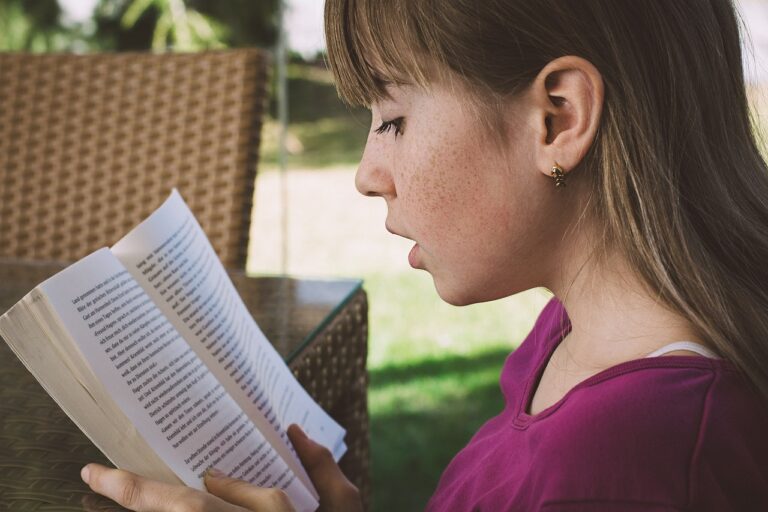Leveraging Social Emotional Learning in Classroom Management
Social emotional learning (SEL) plays a crucial role in the overall development of students. It goes beyond the traditional academic subjects and focuses on fostering skills like self-awareness, social awareness, self-management, relationship skills, and responsible decision-making. Research has shown that students who are equipped with strong social and emotional skills tend to have higher academic achievement, better relationships with their peers, and improved overall well-being.
By incorporating SEL into the curriculum, educators can create a more supportive and inclusive learning environment where students feel heard, valued, and accepted. This can lead to a decrease in behavioral issues, bullying, and classroom disruptions, as students learn how to effectively manage their emotions and communicate their needs. Ultimately, integrating SEL into education helps prepare students for success in school, work, and life by building essential skills that go beyond academics.
Creating a Positive Classroom Environment
Creating a positive classroom environment is essential for fostering a conducive space for learning and growth. This can be achieved by setting clear expectations and boundaries for behavior, ensuring that all students feel valued and respected. Teachers play a crucial role in modeling positive behavior and attitudes, which can greatly influence the overall atmosphere of the classroom.
Encouraging collaboration and peer support among students is another effective way to create a positive classroom environment. By promoting teamwork and inclusivity, students are more likely to feel a sense of belonging and connection within the classroom. Additionally, providing opportunities for students to express themselves creatively and share their thoughts and ideas can further enhance the positive vibes in the classroom.
• Setting clear expectations and boundaries for behavior
• Ensuring all students feel valued and respected
• Modeling positive behavior and attitudes as a teacher
Encouraging collaboration and peer support among students
Promoting teamwork and inclusivity to foster a sense of belonging
Providing opportunities for creative expression and sharing ideas in the classroom
Building Relationships with Students
Building strong relationships with students is a fundamental aspect of successful teaching. When educators take the time to connect with their students on a personal level, it fosters a sense of trust and respect in the classroom. These relationships create a positive learning environment where students feel comfortable expressing their thoughts and ideas without fear of judgment.
Teachers who prioritize building relationships with their students often see improved academic performance and increased engagement. By demonstrating care and understanding, educators can help students overcome challenges and achieve their full potential. When students feel valued and supported by their teacher, they are more likely to actively participate in class and take ownership of their learning journey.
What is social emotional learning and why is it important in the classroom?
Social emotional learning is the process through which students learn to understand and manage their emotions, set and achieve positive goals, feel and show empathy for others, establish and maintain positive relationships, and make responsible decisions. It is important in the classroom because it helps create a supportive and positive learning environment, enhances students’ academic performance, and teaches crucial life skills.
How can I create a positive classroom environment?
You can create a positive classroom environment by setting clear expectations, promoting positivity and respect among students, providing opportunities for collaboration and teamwork, celebrating diversity, fostering a sense of belonging, and offering support to students who may be struggling.
What are some strategies for building relationships with students?
Some strategies for building relationships with students include getting to know them on a personal level, showing genuine interest in their lives and well-being, being approachable and supportive, providing opportunities for open communication, offering praise and encouragement, and being consistent and fair in your interactions with them.







